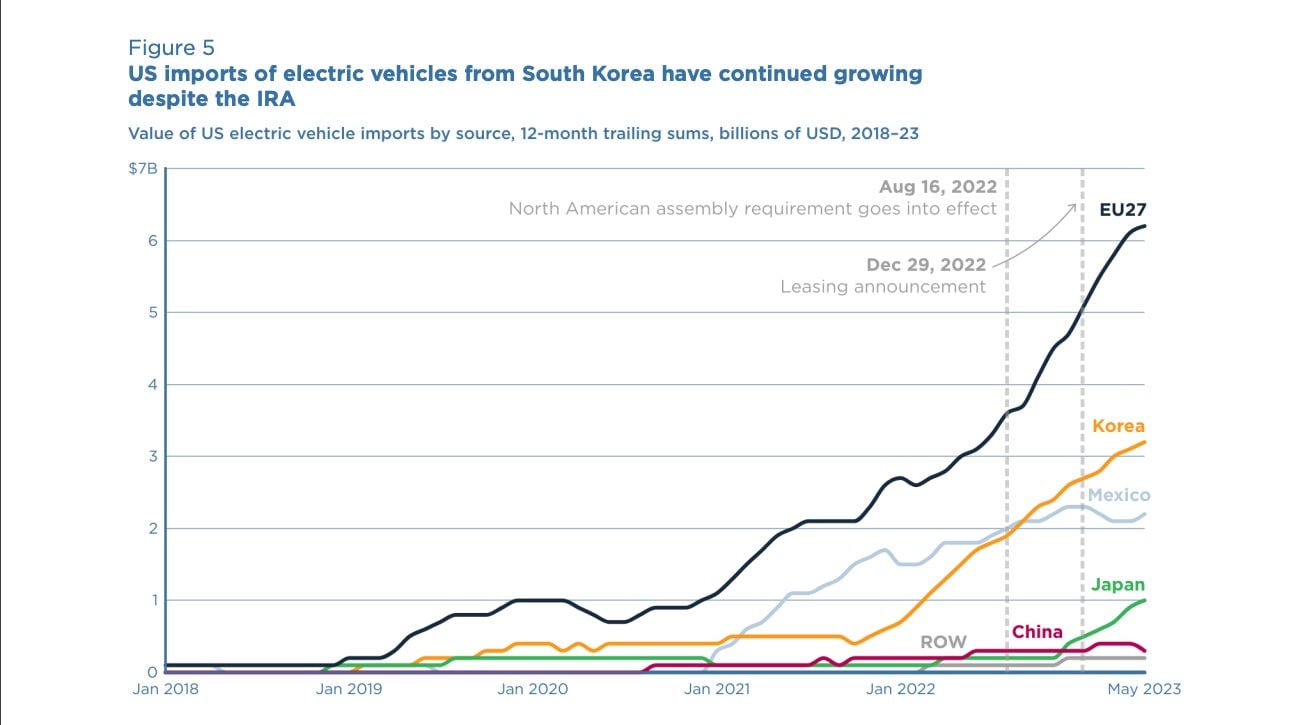Tesla’s time in the sun is over as EV imports are soaring
It may be more than just Elon Musk’s antics—competition is increasing for the EV automaker

In a shareholder letter Wednesday (Jan. 25), Tesla said that vehicle volume growth may be “notably lower” than the rate from a year ago.
Suggested Reading
And, in the same paragraph, Tesla CEO Elon Musk asked investors to look beyond 2024 as the company sees “two major growth waves,” with the first being the expansion of the Model 3 and Model Y vehicles and the next being the “next-generation” cheaper vehicles.
Related Content
The optimism wasn’t enough to impress investors, though, as the company’s stock was down 11.8% Thursday at the time of publication.
In the three months ending Dec. 2023, Tesla reported total automotive revenue was up 1% from the same period last year, according to its latest financial filing. The slight growth comes as Musk has been trying to woo people to buy his cars by slashing prices in markets such as China and, more recently, Europe.
Though Tesla still has a 55% hold on the US EV market, Hyundai and Kia are emerging as the biggest competition to Tesla.
Tesla’s slow growth in revenue comes as competition from non-US EV makers continue to heat up
Notably, even after US Inflation Reduction Act—which pours billions into clean tech, including tax credits on North American-made EVs—was passed in Oct. 2022, US EV vehicle imports rose to new highs. As of May 2023, total net imports of EVs stood at $10.7 billion, driven by large increases in purchases from the EU, South Korea, Mexico, and Japan, according to data from the US International Trade Commission that was analyzed by Chad Bown, a fellow at Peterson Institute for International Economics.

Part of the reason for this is that before the tax credits were implemented, only 10 EV models were available for purchase. But the Treasury’s Dec. 2022 agreement that leased vehicles are exempted from the subsidy’s made-in-America manufacturing requirements has been a boon to non-US based EV makers.